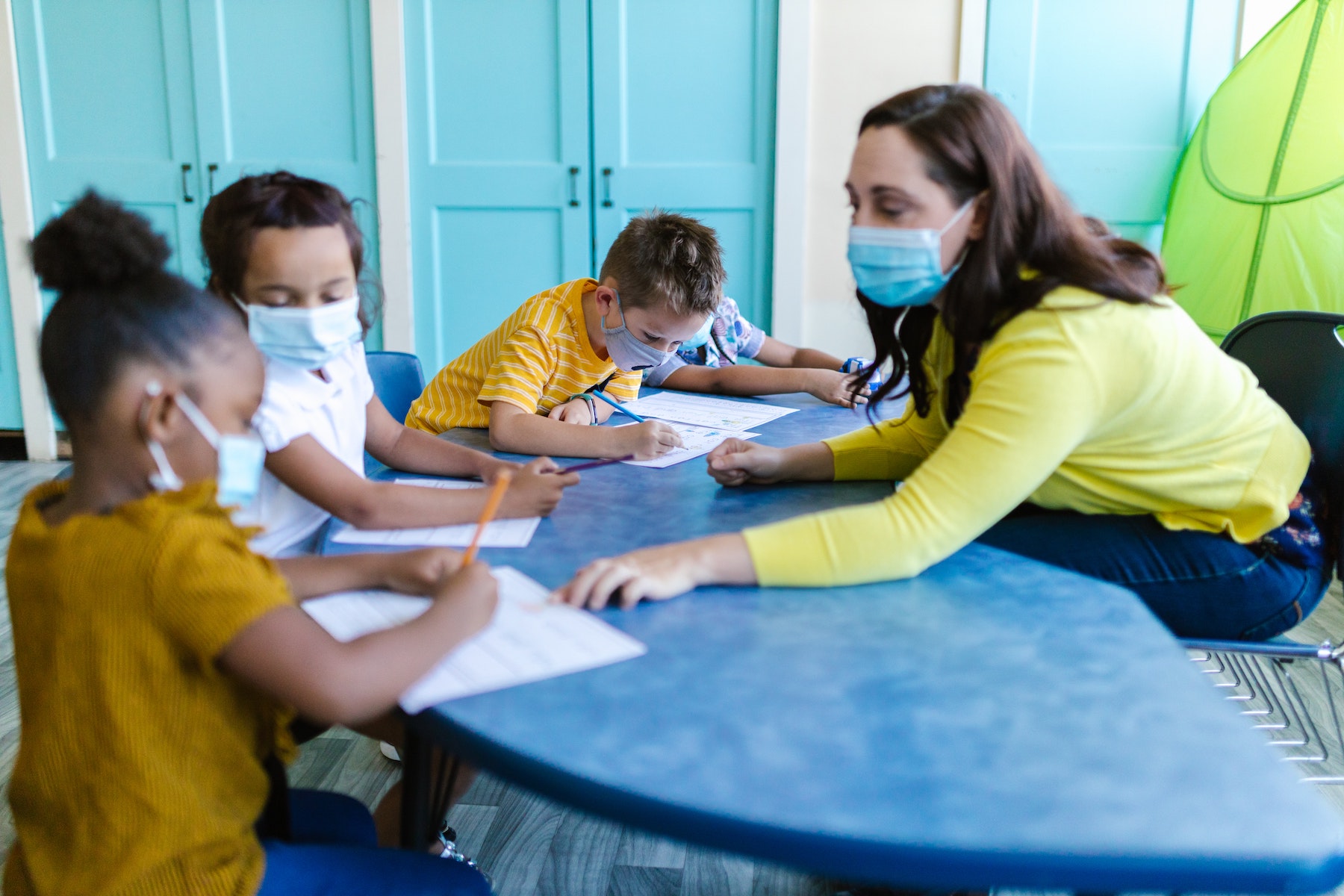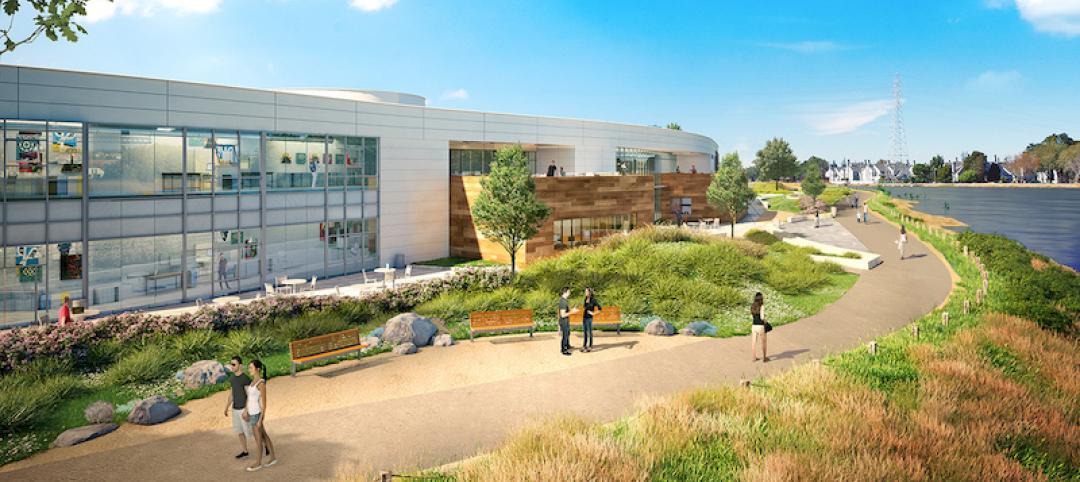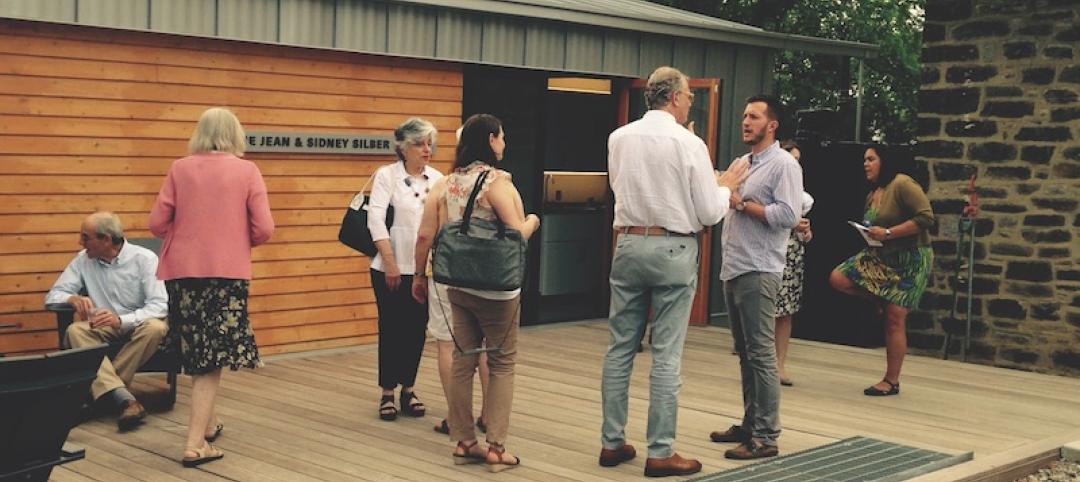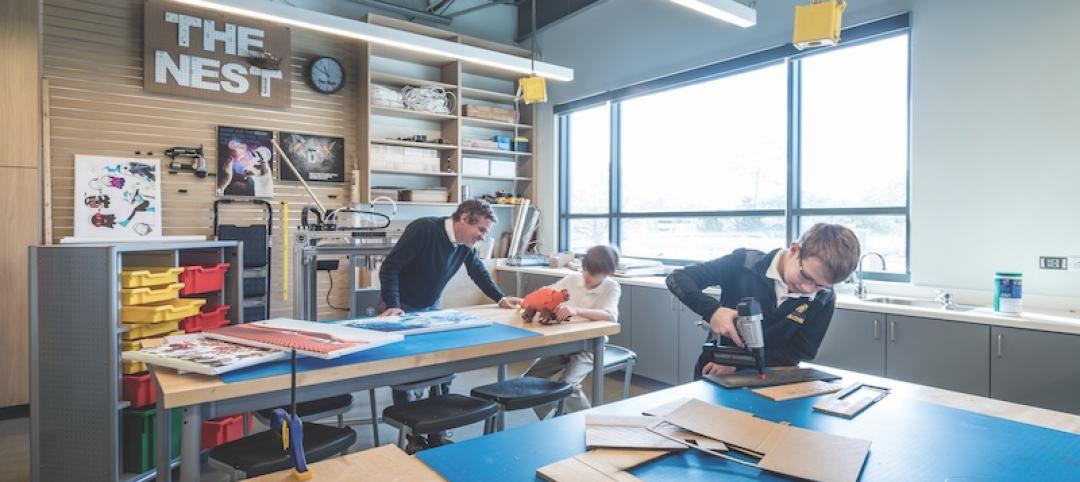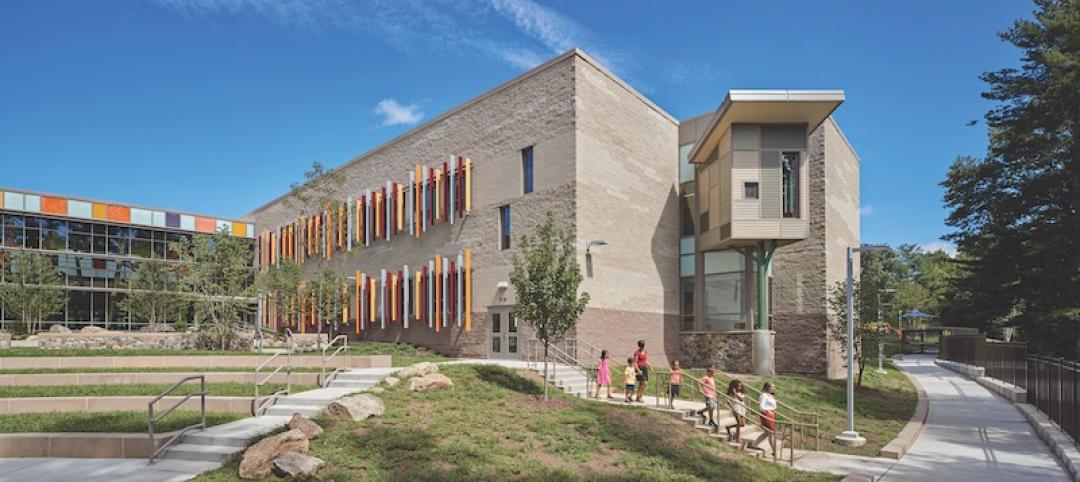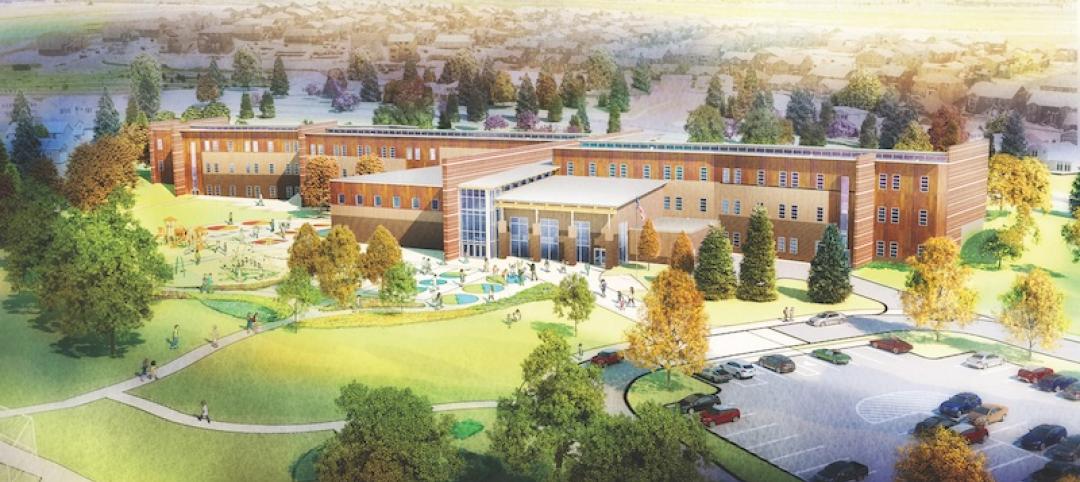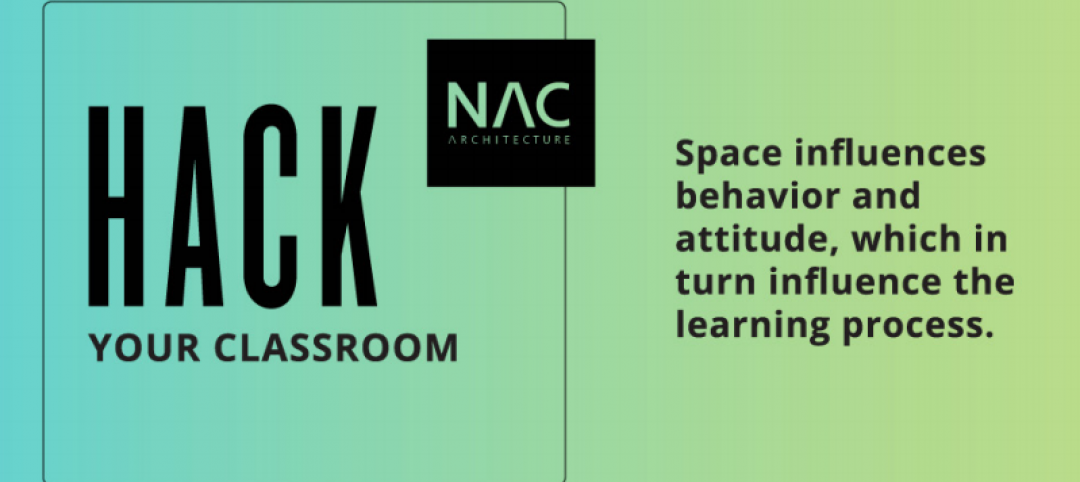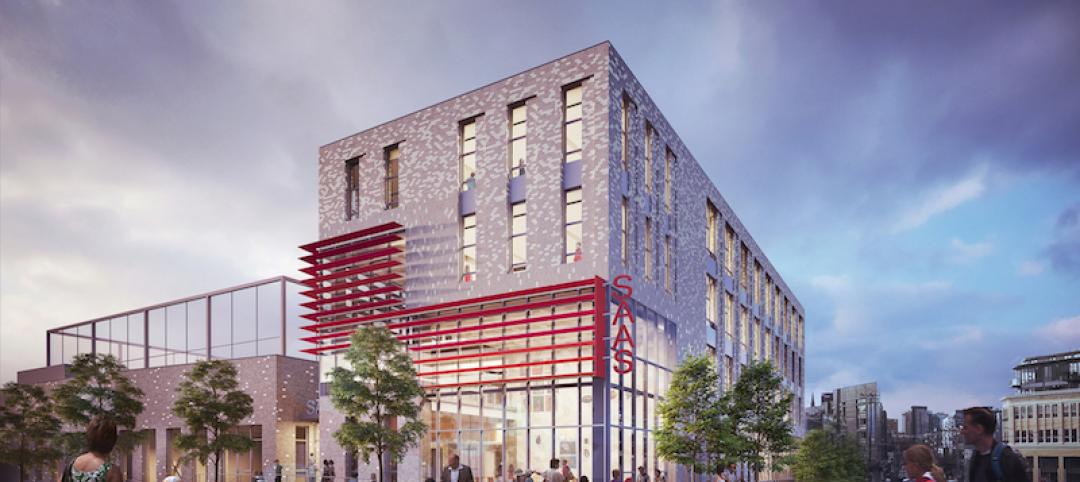California has allocated $4.1-billion to develop ‘community schools’ that have the potential to transform K-12 education.
The plan is to enrich schools in areas that struggle with poverty and other social ills to become neighborhood centers to meet the needs of students. These community schools will offer healthcare, mental health services, tutoring, and other social supports.
The aim is to break down barriers, such as hunger, anxiety and depression, racism, and housing insecurity, that detract from the ability of students to learn. Advocates say community schools could vastly improve educational outcomes. This new model is being expanded while a youth mental health crisis and intensified learning deficits are challenging educators after long, pandemic-forced school closures.
Some 268 districts across the state were awarded $649 million in grants for schools in the early stages of planning or for districts further along or seeking to expand. The L.A. Unified School District, which already had 31 community schools, received $44 million. Relatively few schools nationwide—an estimated 5,000—follow the community school model. Some studies have found that well-run community schools lead to better attendance, fewer discipline problems and chronic absences, and better communication with families.
Related Stories
K-12 Schools | Aug 1, 2017
This new high school is the first to be built on a tech company’s campus
Design Tech High School, located on Oracle Corporation’s Headquarters campus, will span 64,000 sf across two stories and have a capacity of 550 students.
Education Facilities | Jul 14, 2017
Youth education center in Baltimore gets first students
Students learn environmental skills, natural resource management, urban agriculture, and water quality monitoring.
Great Solutions | Jul 12, 2017
The writing on the wall: Maker spaces encourage students to take an active role
Maker spaces, dry-erase walls, and flexible furniture highlight Kinkaid’s new Learning Center.
Building Team Awards | Jun 7, 2017
Rebuilding to heal: Sandy Hook Elementary School
Gold Award: Community involvement was paramount as Newtown, Conn., replaced the school where a mass shooting occurred.
K-12 Schools | Jun 5, 2017
PK-8 school will be Denver’s first CHPS-certified building
A “learning stair” will connect the cafeteria to the main level.
K-12 Schools | May 31, 2017
NAC Architecture rolls out ‘Hack Your Classroom’ campaign
In collaboration with room2learn, NAC launched a campaign aimed at crowd-sourcing information on what teachers are doing in their classroom to improve the learning experience.
K-12 Schools | May 16, 2017
The future of schools: Net zero should be the norm
Students are helping drive change by focusing on the future.
K-12 Schools | May 1, 2017
Seattle’s first vertically-oriented middle school breaks ground
The building will provide 74,289 sf of space across its five-story classroom bar.
K-12 Schools | Apr 21, 2017
The stadium effect
School districts that invested in their athletic facilities over the last few years have seen a tremendous increase in student morale and health, growth in campus culture, and excitement within their communities.
K-12 Schools | Apr 7, 2017
Is an alternative project delivery method right for your K-12 school district?
With California’s increasingly busy—and costly—construction market, it’s becoming more difficult to predict costs with a typical design-bid-build delivery method.


